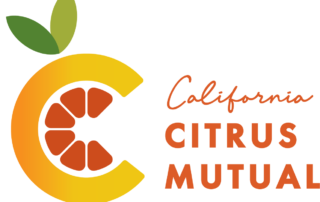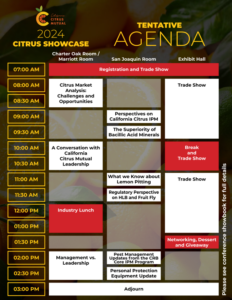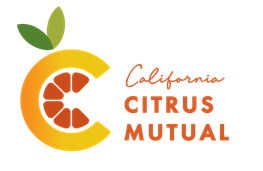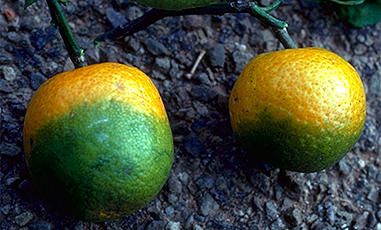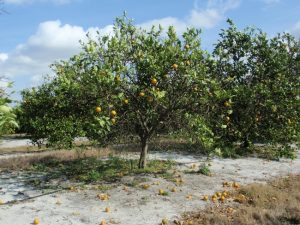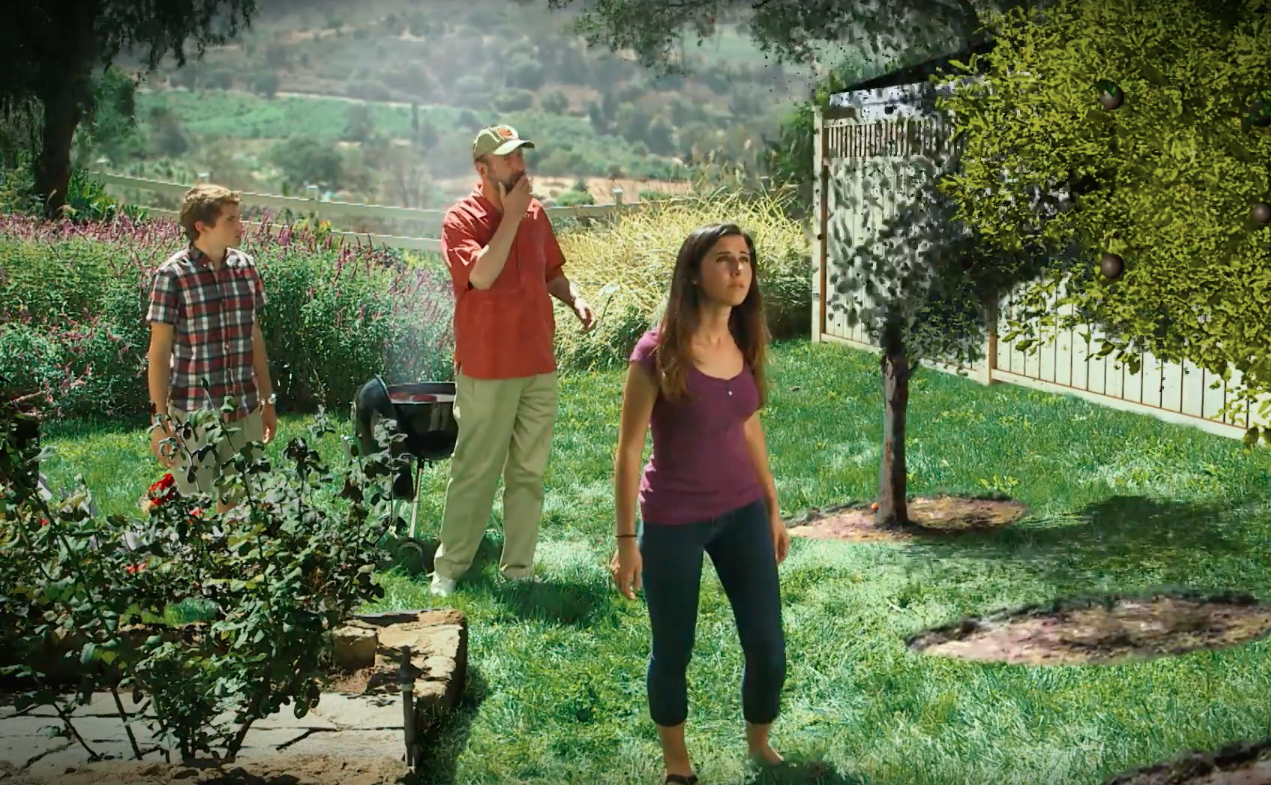California Citrus Breeding Program Expanding with Congressional Support
Earlier this week, presidents of California Citrus Mutual (CCM) and Citrus Research Board (CRB) issued statements applauding Congressional leaders for recently approving additional funds for the new citrus breeding program in Parlier, California. Congress is allocating an additional $500,000 in federal funding on top of the $1 million granted last year to expand the program into California. The program will now receive $1.5 million in federal funds on an annual basis along with the $500,000 that CRB provides the program with annually.
“CRB was instrumental in developing the concept for the California based program and was also involved in efforts to establish the nationwide program while CCM advocated to secure funding,” said CRB President Marcy Martin. “Our two organizations working together on behalf of the industry has been instrumental in getting this program off the ground.”
“On behalf of the industry, I would like to thank our congressional leaders and the Committee for their continued support of this program, which will help us find solutions to issues specific to our growers located in California,” said CCM President and CEO Casey Creamer. “I would like to specifically extend our gratitude to Congressmen Costa and Valadao and Senator Padilla for championing the need for this program in D.C.”
The California citrus breeding program will focus on fresh market citrus. Funding will go towards research and development of high-quality, superior citrus selections well suited to California growing regions, changing climatic pressures, consumer taste preferences, and resistance to pest and diseases, such as Huanglongbing (HLB).
The California program is an expansion of the existing national USDA Agricultural Research Service (ARS) citrus breeding program located in Fort Pierce, Florida, which is focused primarily on varieties that are optimized for Florida growing conditions. Work done through the Florida program has resulted in new varieties with higher yields, increased disease resistance, improved color, and a longer shelf life.
The Florida and California breeding programs along with the continued support from the University of California citrus breeding program at UC Riverside will work together to deliver results for California based growers.
The California citrus breeding program is located at the USDA ARS field station in Parlier. Thanks to funds that have already come in, forward progress continues to be made with the addition of a dedicated scientist, developing plans for construction of a greenhouse and laboratory, and securing additional ground for the program.
To view the original press release, please visit CCM’s website or CRB’s websiteand stay tuned to their channels for further updates and related news.–
Patrick Cavanaugh
520-395-0327

